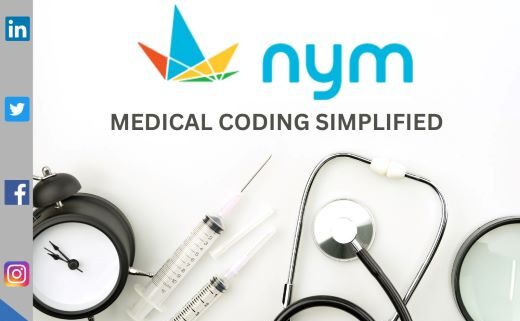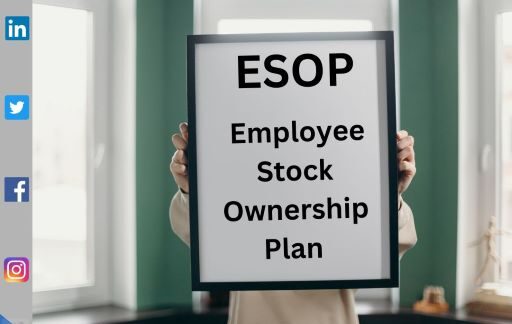Generative AI: The Future of Jobs in Information Technology
Generative AI is a rapidly evolving field that has the potential to revolutionize the way we work. By automating tasks and creating new products and services, generative AI is creating new job opportunities in information… Generative AI: The Future of Jobs in Information Technology









